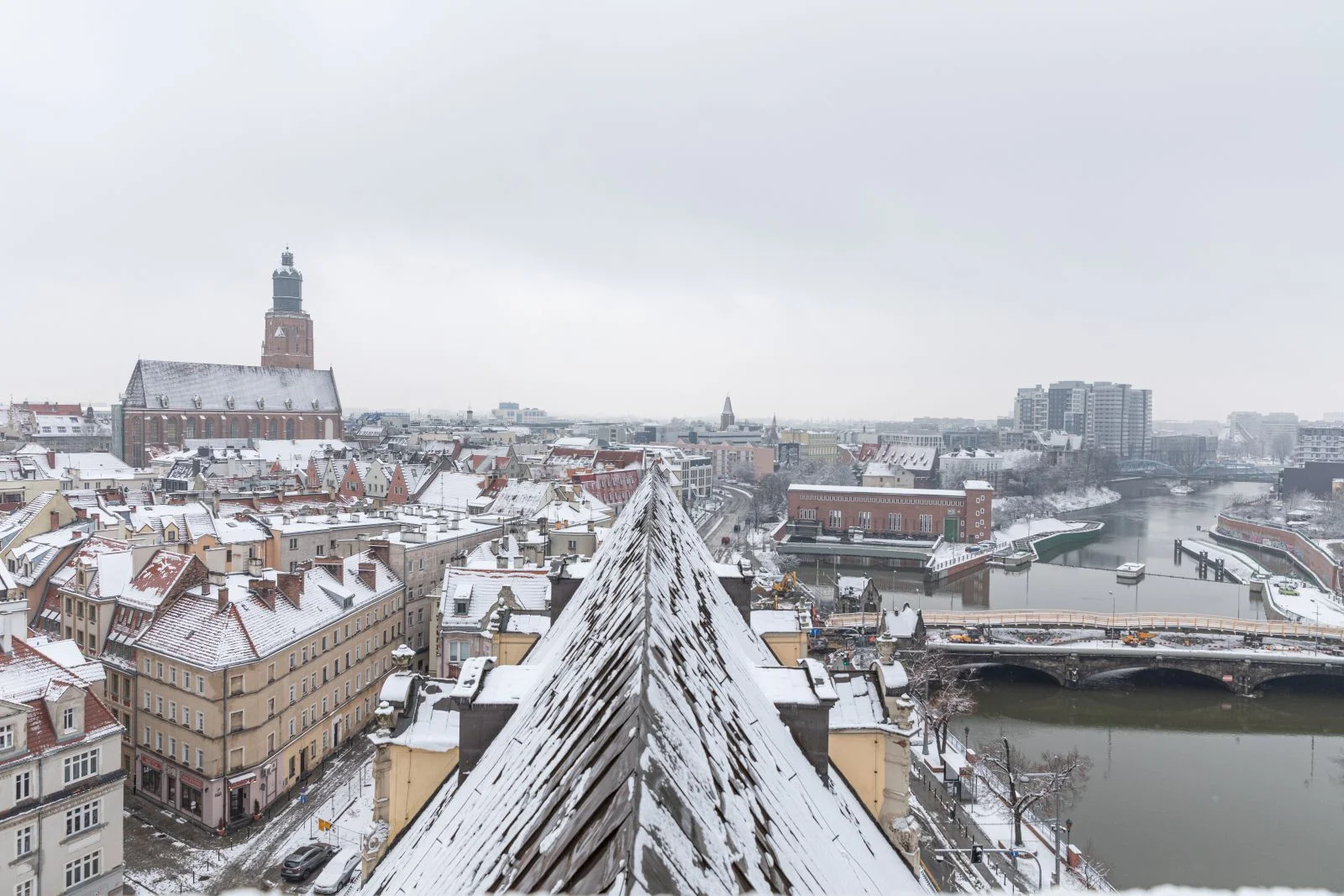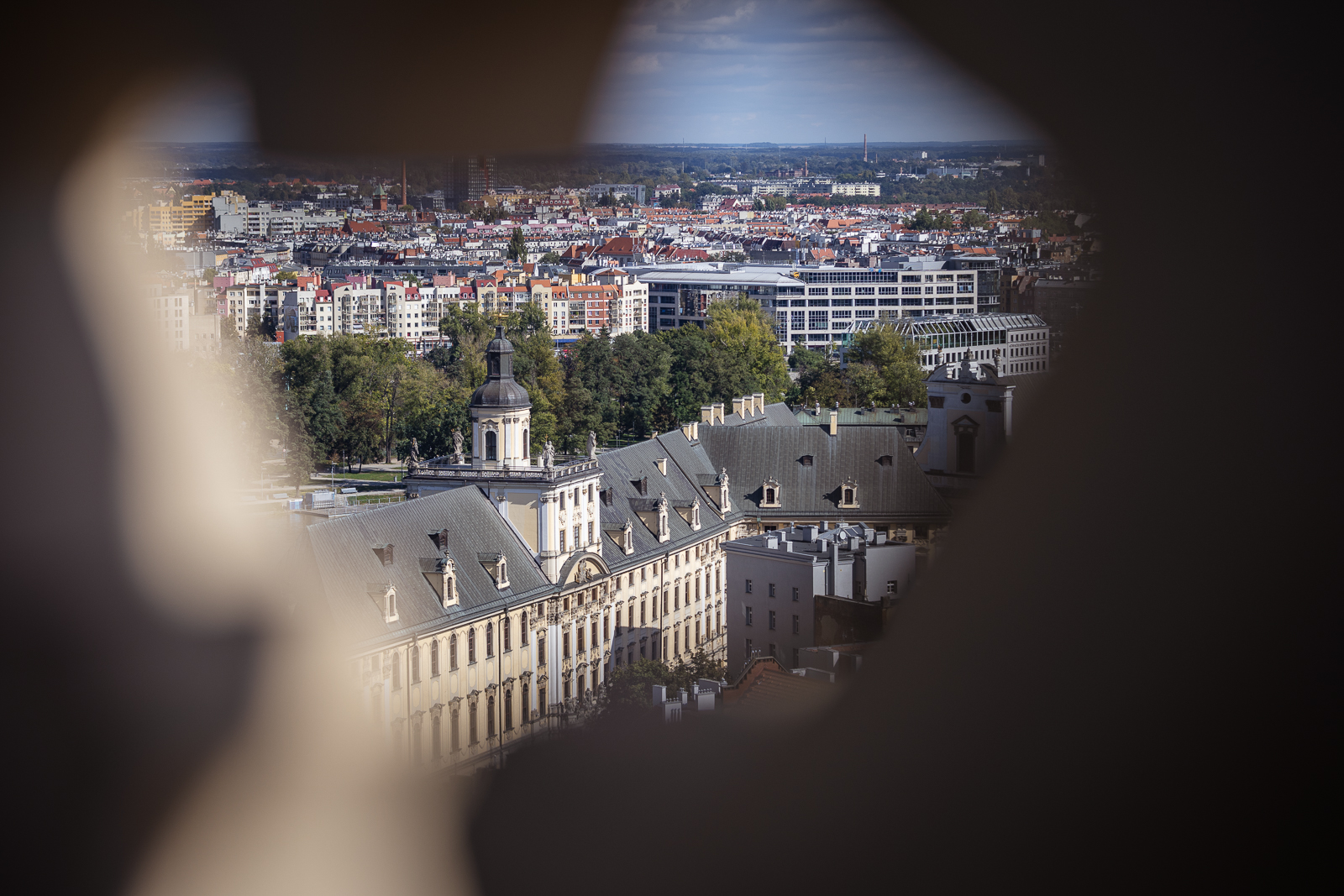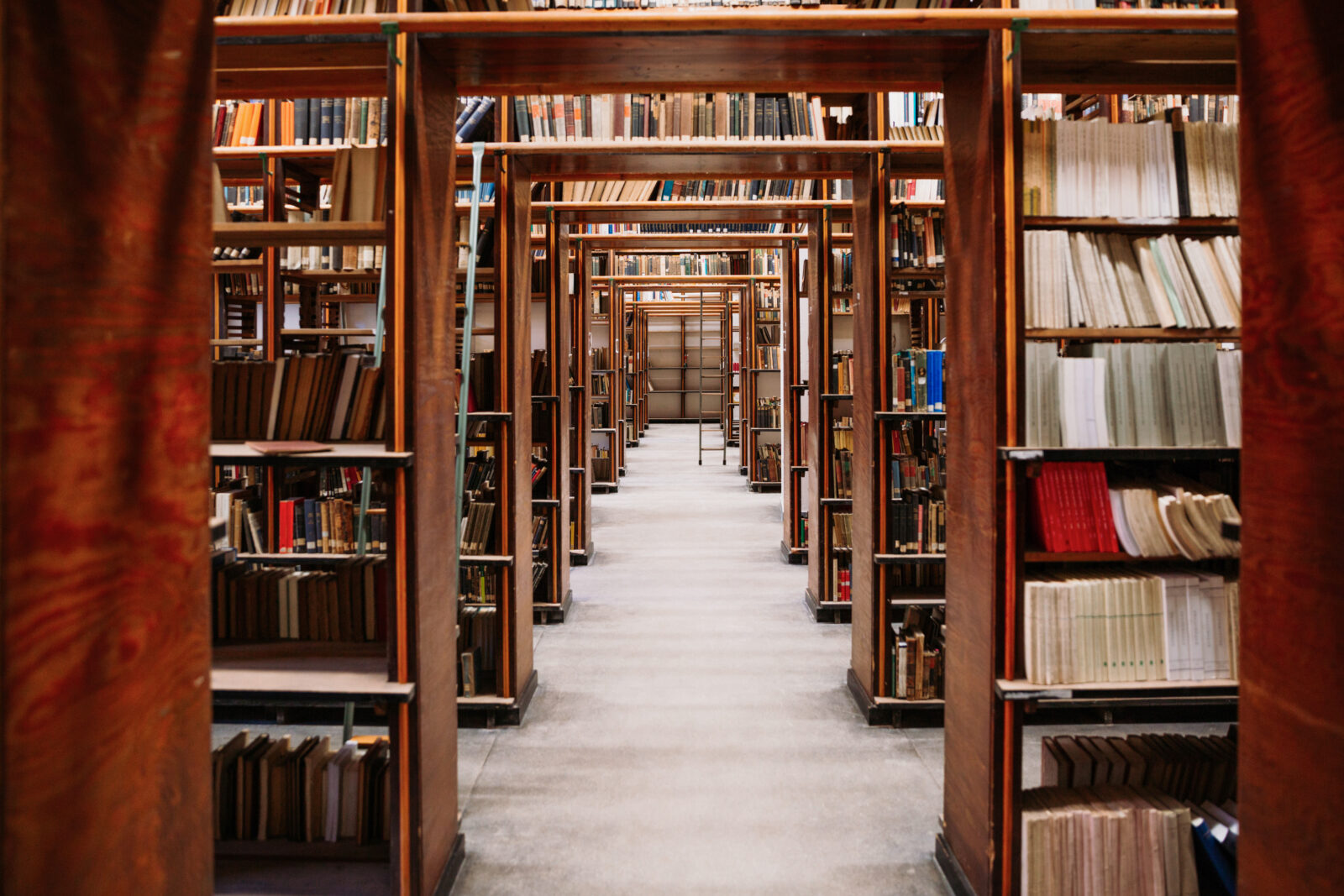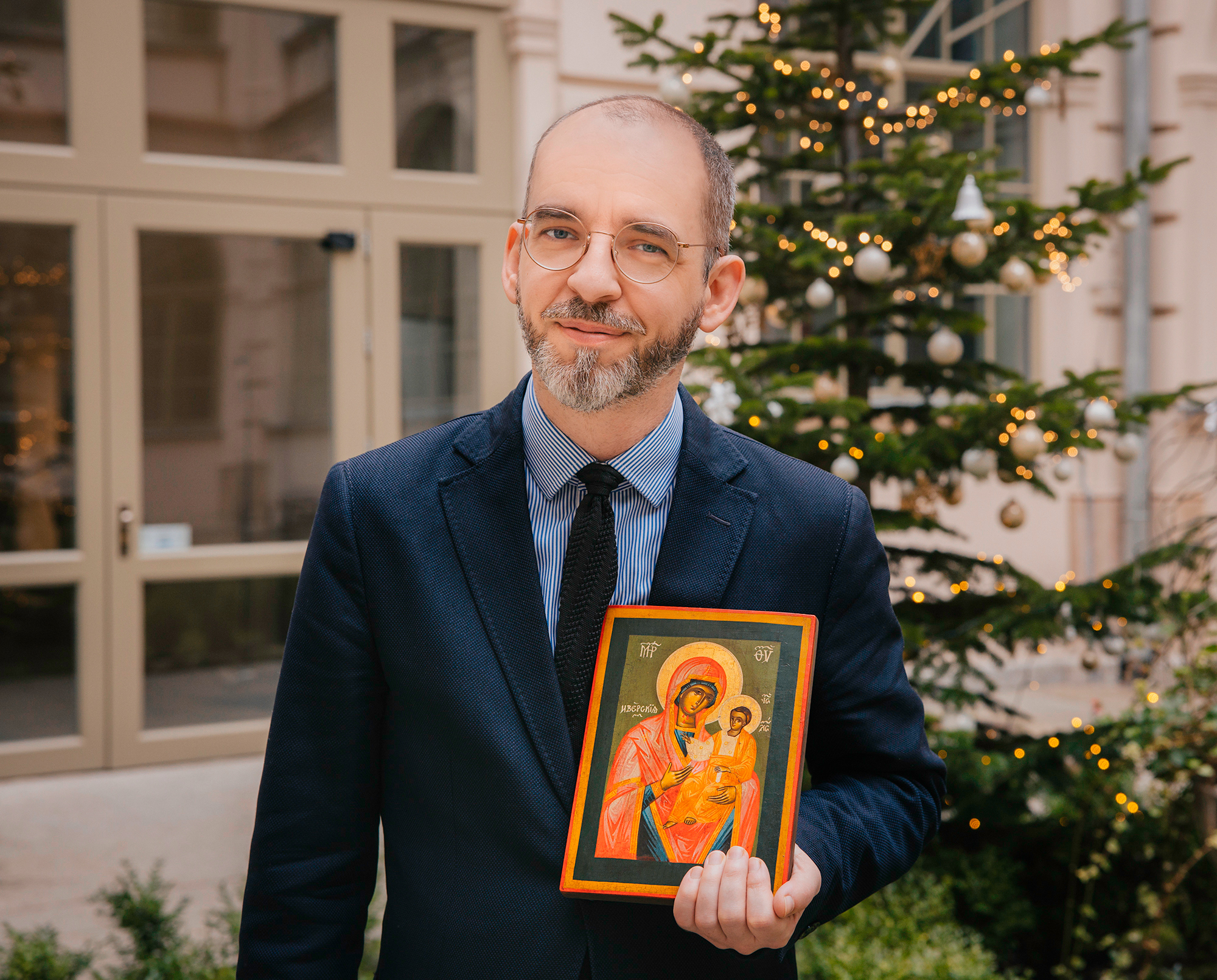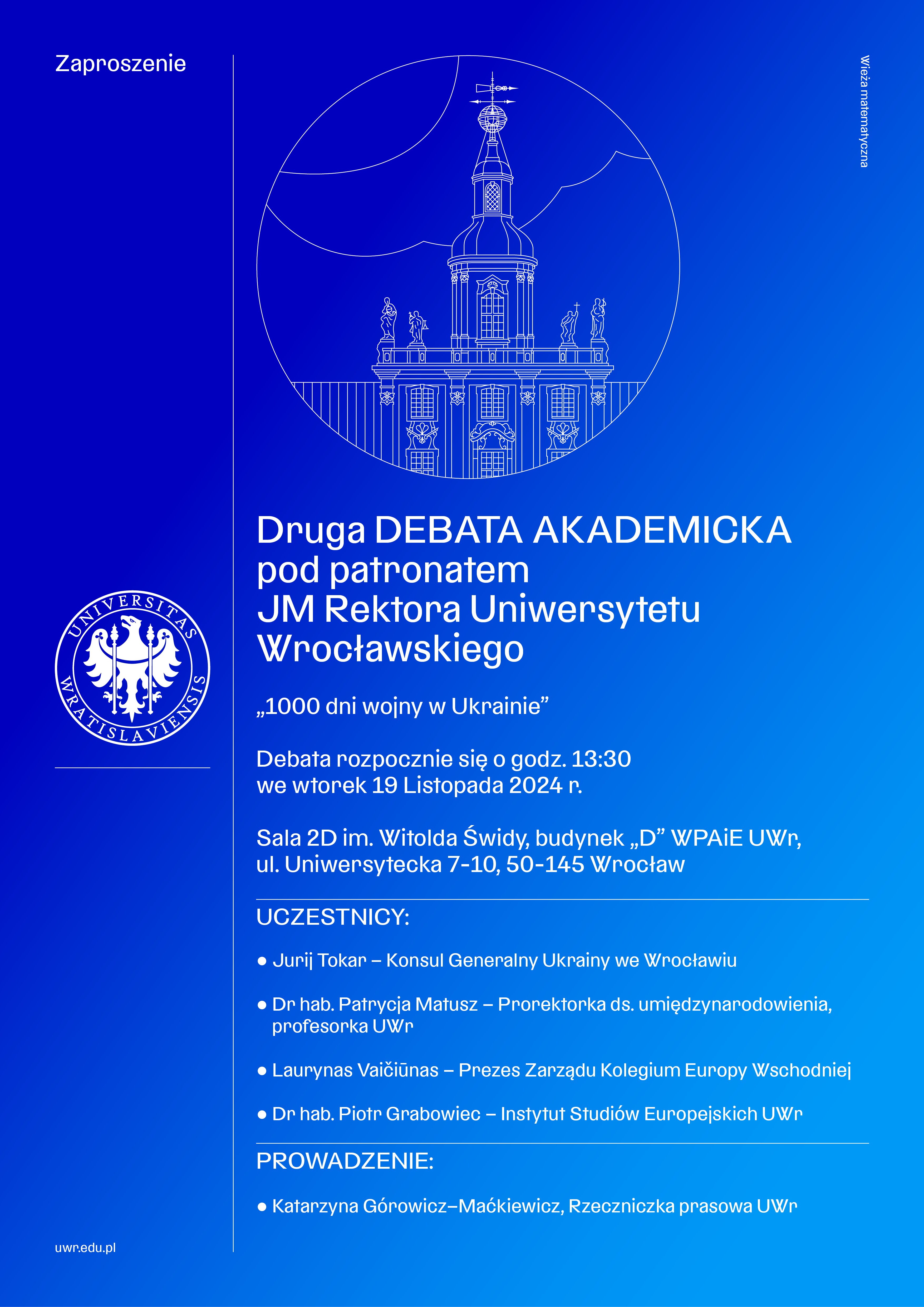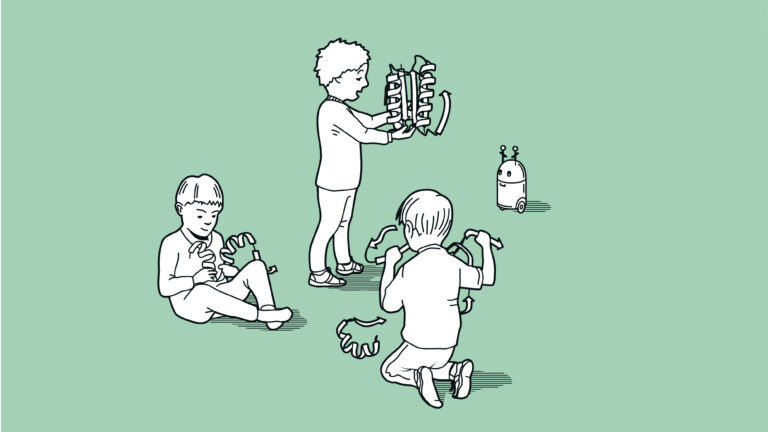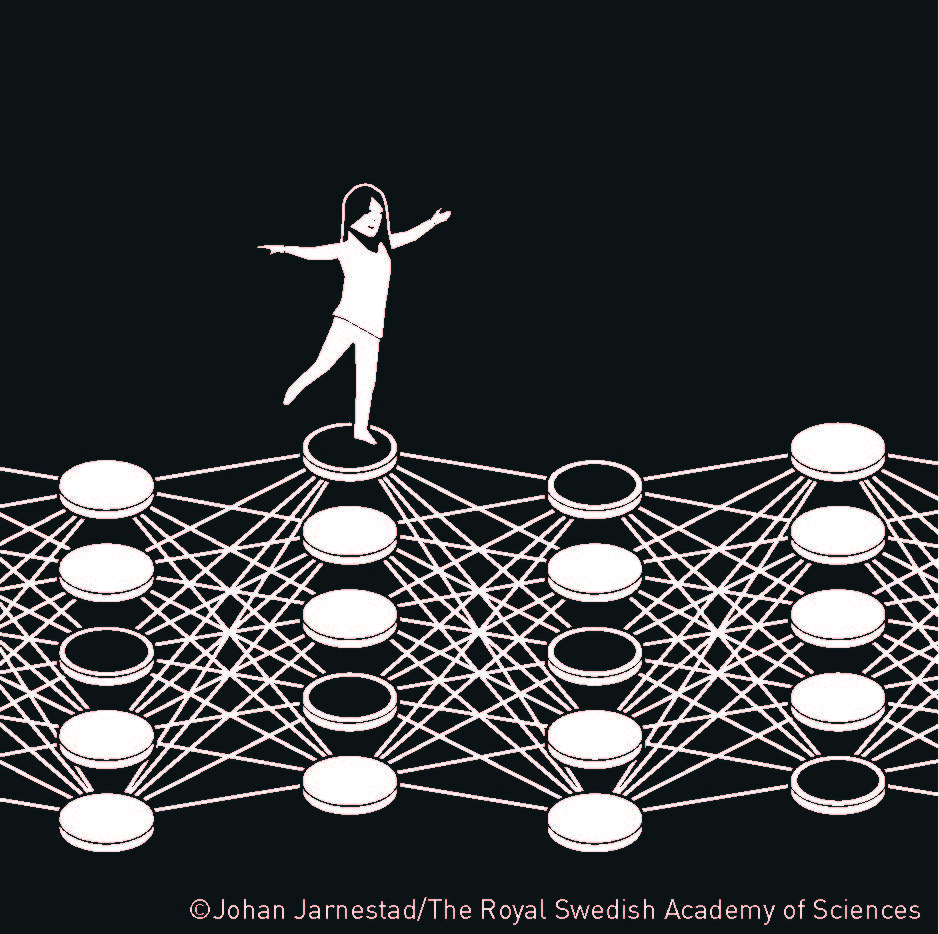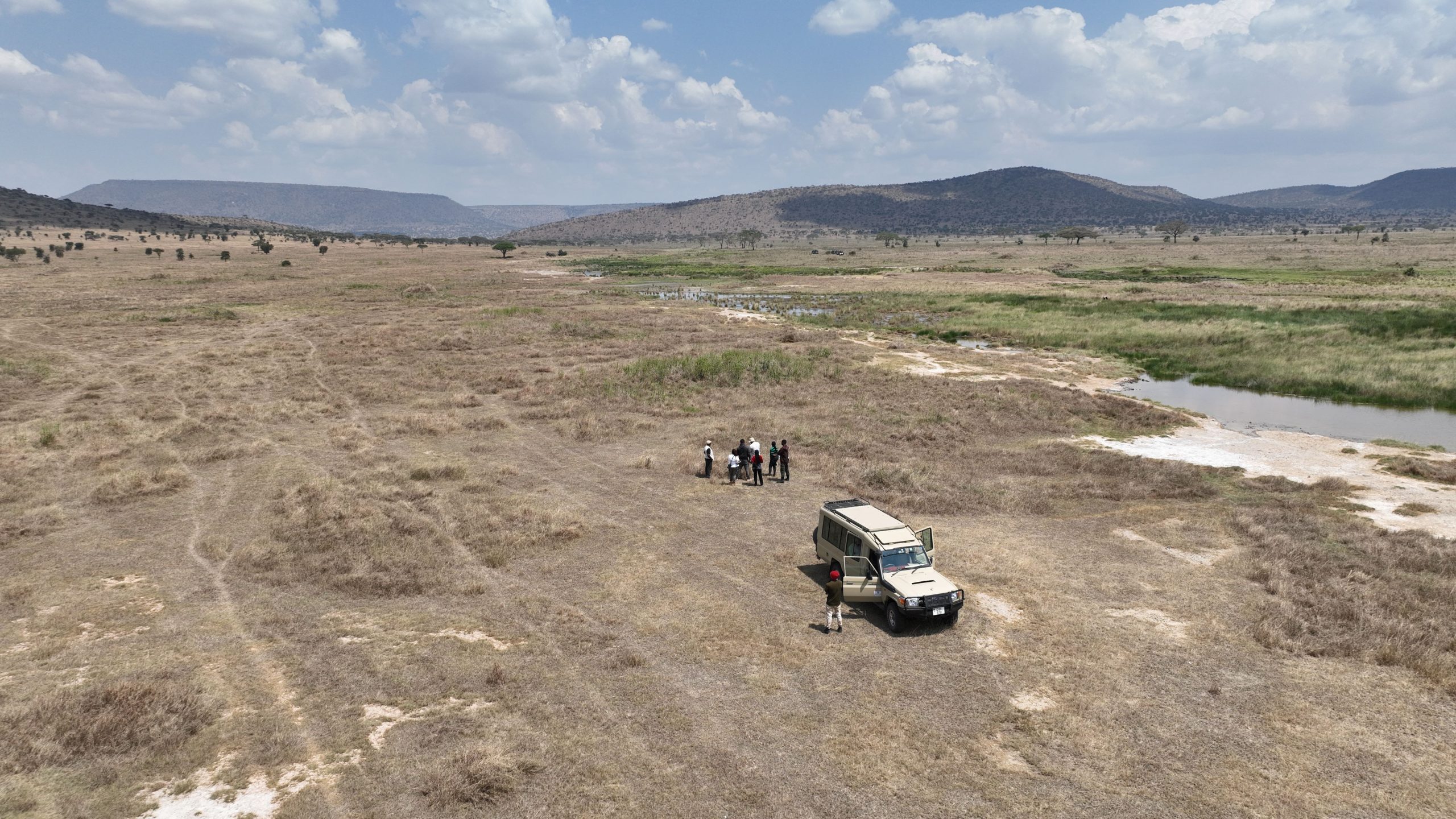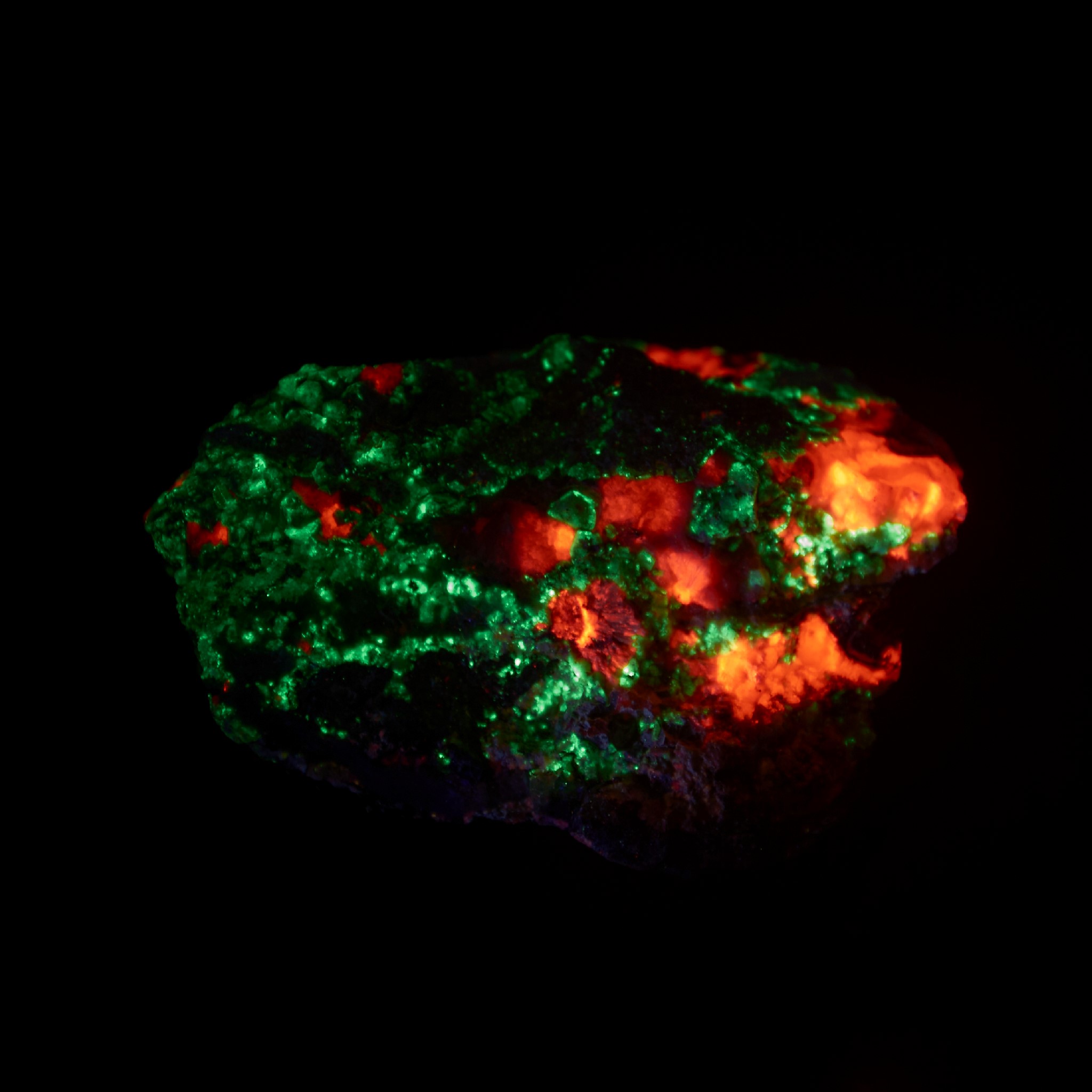UL: Popularisation of science
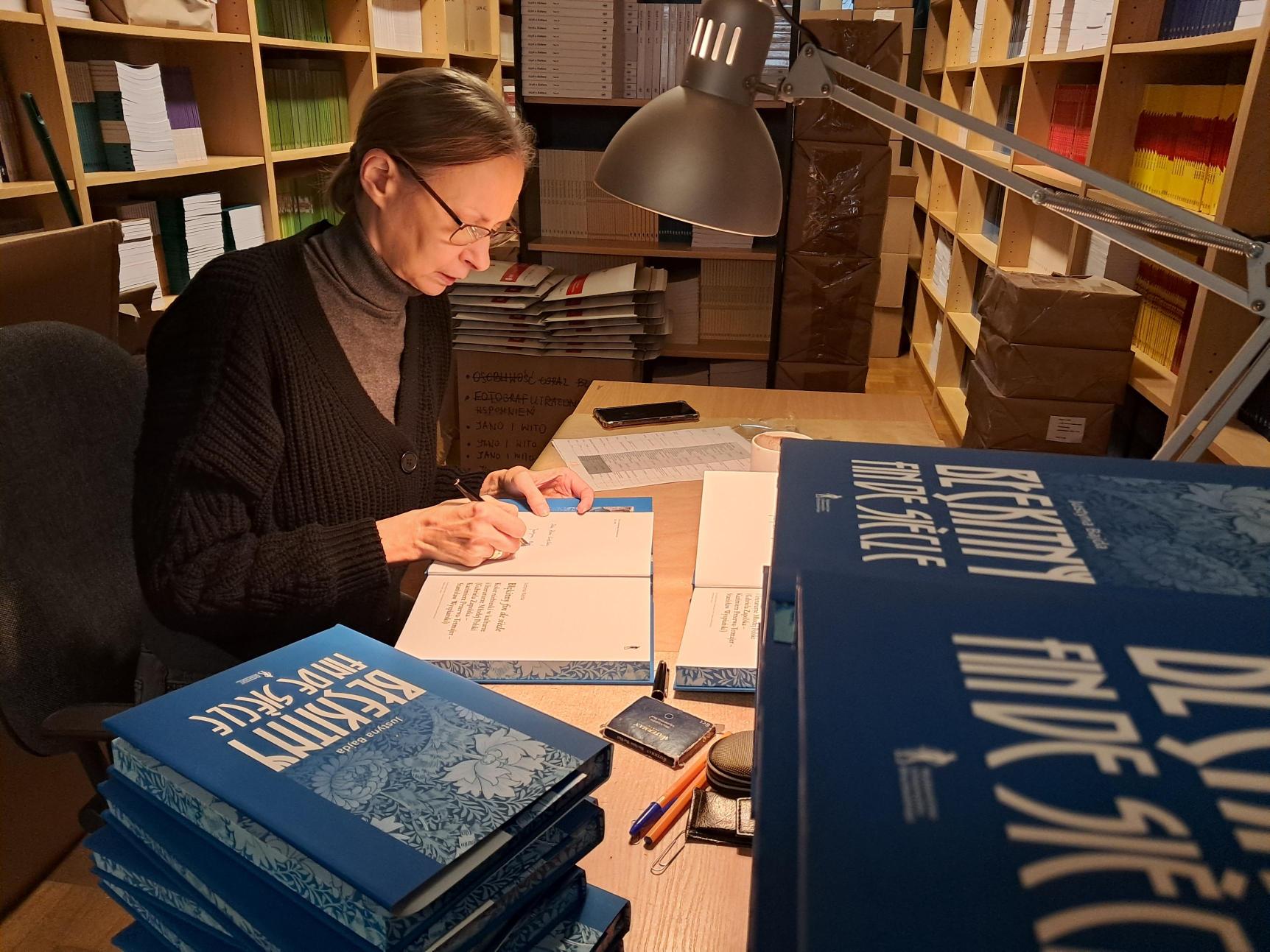
In our series #MondayswithWUWr, we keep you up to date with the most important events, book news and issues important to the Publishing House! We also encourage you to follow the wuwr.eu website and the Publishing House’s social media – Fb, LinkedIn and Instagram and YouTube. We encourage you to follow!
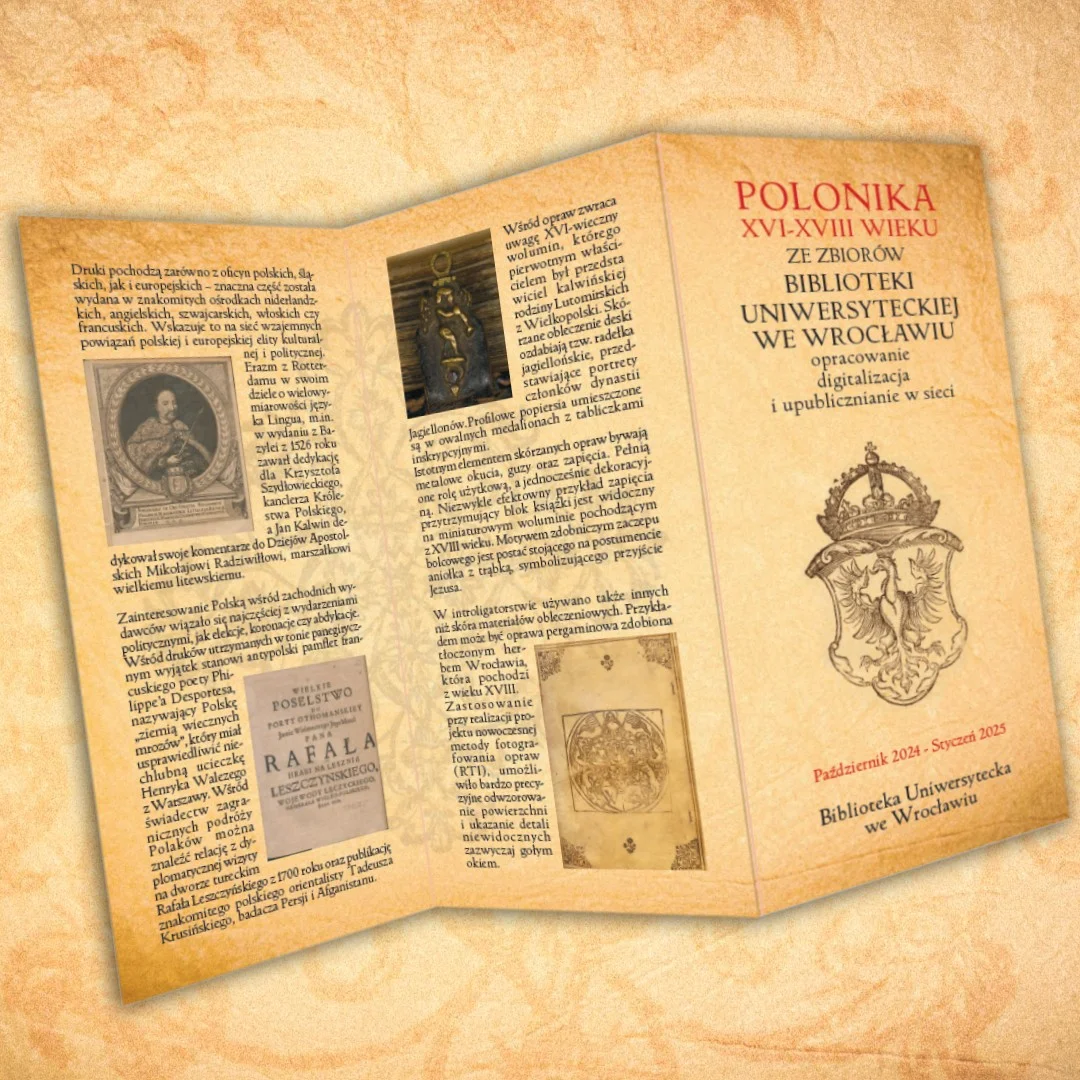
The Library of the University of Wrocław invites you to a unique exhibition, summarizing the implementation of the ministerial project titled “Polonika XVI–XVIII-wieczne ze zbiorów Biblioteki Uniwersyteckiej we Wrocławiu – opracowanie, digitalizacja i upublicznienie w sieci”. (eng. “Polonika of the 16th-18th centuries from the collection of the University Library in Wrocław – processing, digitization and making it public online”).
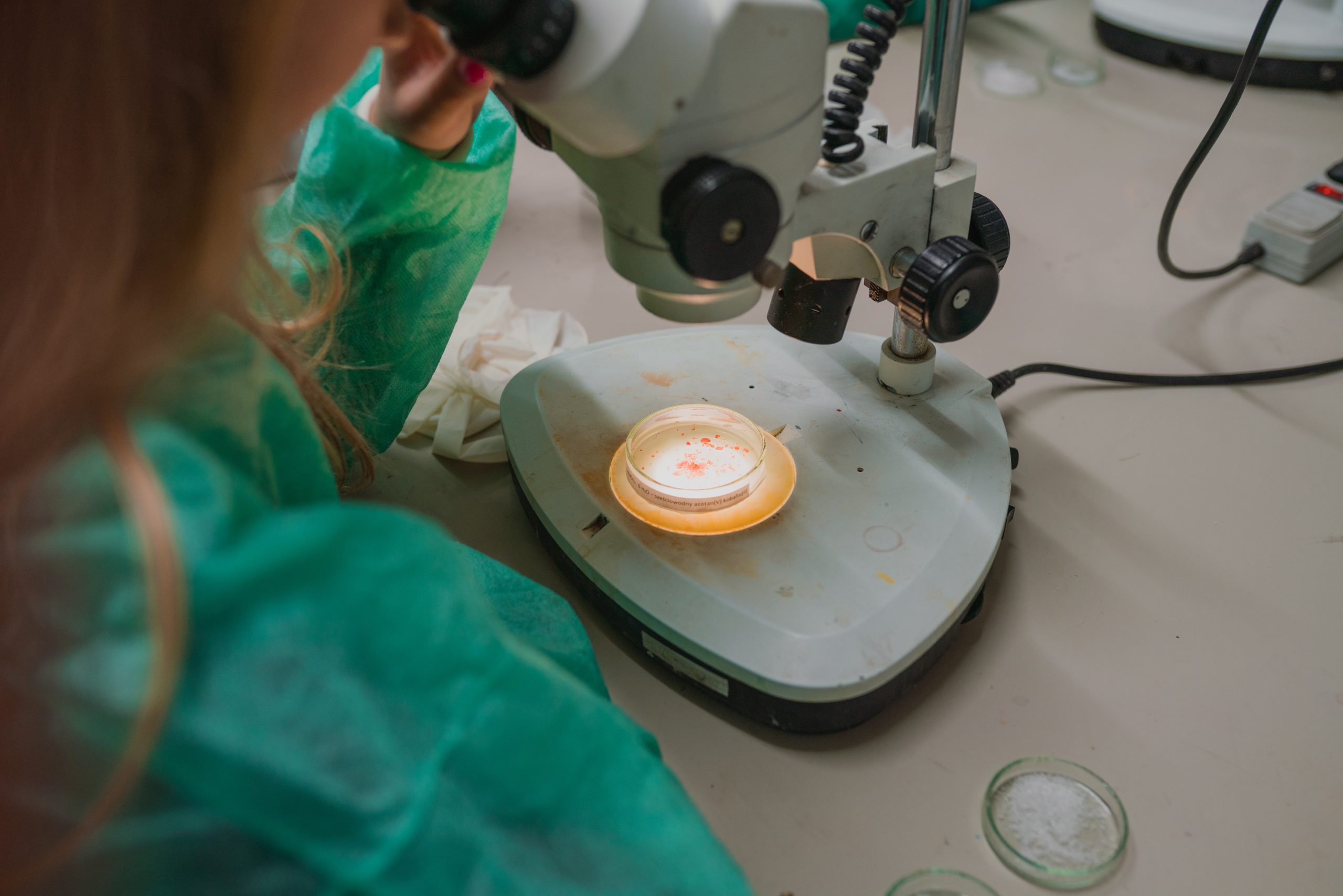
The January issue of Nature Communications published a paper showing how ribosomes (the translational machinery) change their position during the sporulation process in the bacterium Bacillus subtilis. The research was carried out by a team of dr hab. Agata Starosta from the Institute of Biochemistry and Biophysics of the Polish Academy of Sciences in cooperation with scientists from our University’s Faculty of Biotechnology – dr Joanna Hołówka and prof. Jolanta Zakrzewska-Czerwińska.
Does a person need a mystery? What is Christmas all about and how do we find its meaning in times […]
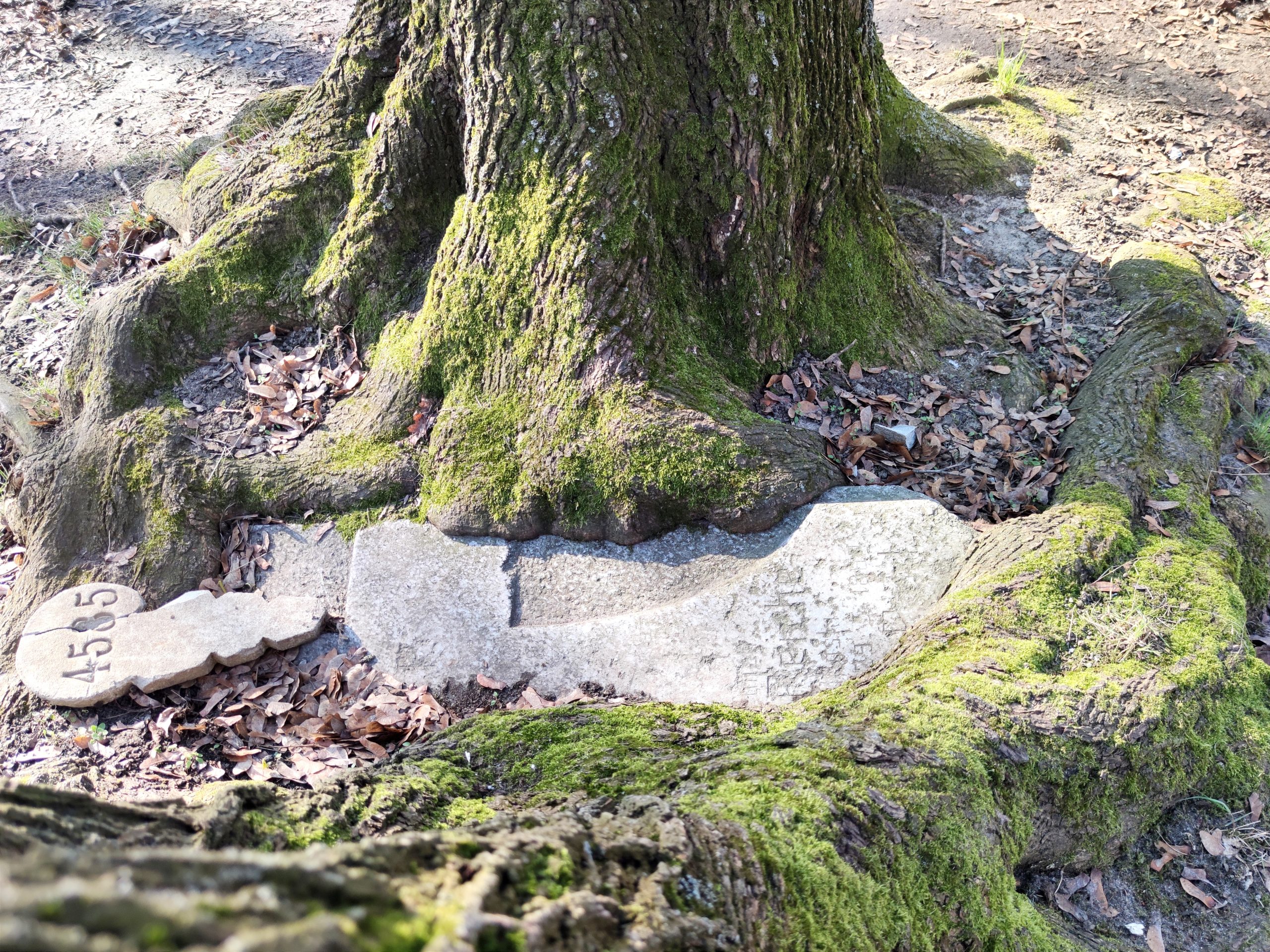
The Breslau botanist and teacher Theodor Schube (1860-1934) was not an office researcher. For 40 years he covered more than 120,000 kilometres by bicycle and on foot. Very successfully. In 1904 he published the monumental ‘Flora von Schlesien preussischen und österreichischen Anteils’ in the distinguished Korn publishing house, and two years later the ‘Book of Silesian Forests’. I walked and cycled (also by bicycle) in his footsteps to see with my own eyes the oldest, thickest and most valuable trees of the region, and above all to describe their significance in culture and collective memory. I call this dendrochronology .
We cordially invite you to the 1st Wrocław Mineral and Jewellery Exchange ‘Pod Platanami’, which will take place on 14.09.2024 […]




